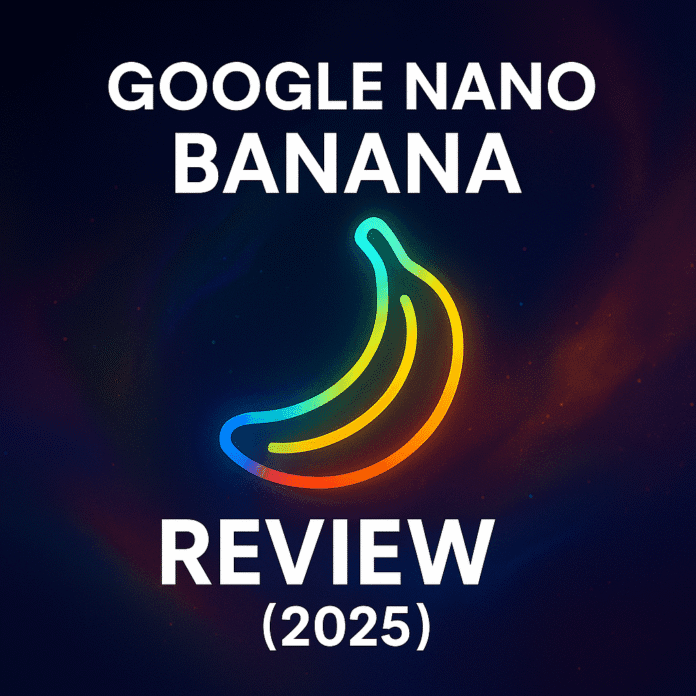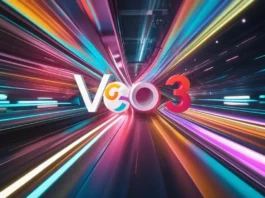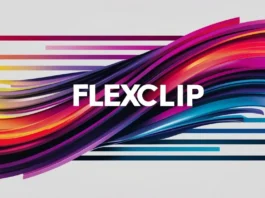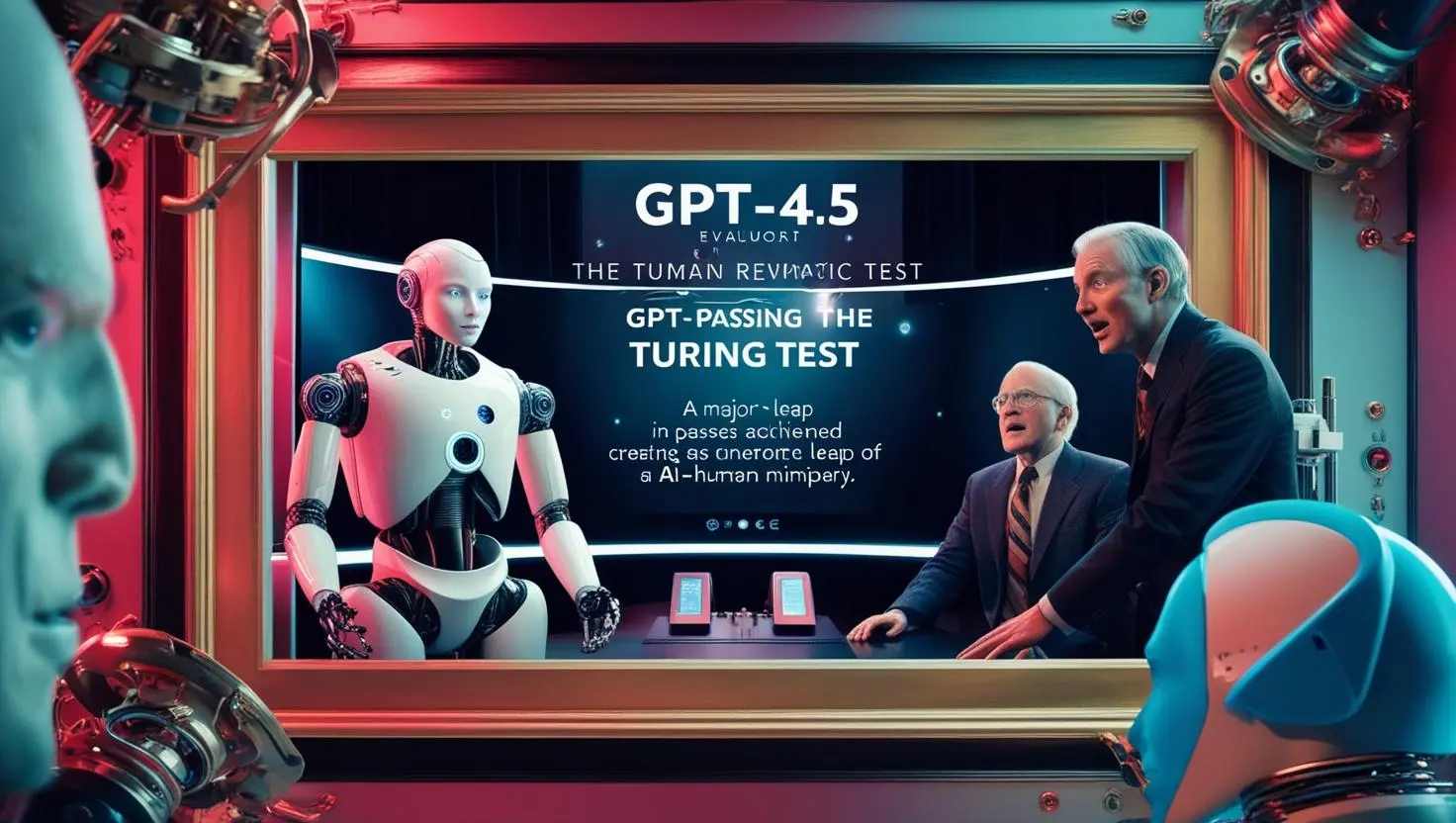Hello everyone, welcome back with a new review. Today, I’m going to test one of Google’s most talked-about AI experiments: Google Nano Banana.
I tried this tool on Freepik and Google AI Studio, and the experience was a rollercoaster. Sometimes the results were surprisingly good, other times they were so awkward that I had to laugh. From sitting Donald Trump next to me, to adding Michael Jackson, Britney Spears, Elon Musk, and even R2-D2, I pushed Nano Banana to its limits.
This review documents everything — every single prompt, every strange output, and every lesson learned.
Contents
- 1 Accessing Google Nano Banana
- 2 Freepik Experiments: Donald Trump and Elon Musk
- 3 Outfit Swaps and Creative Edits
- 4 Background Swaps
- 5 The “Fake T-Shirt” Experiment
- 6 Google AI Studio Experiments
- 7 TIME Magazine Cover Test
- 8 Lessons Learned
- 9 ✅ Pros and ❌ Cons
- 10 Key Takeaways
- 11 Related Reads on AitreeHub
- 12 Final Verdict
Accessing Google Nano Banana
Google Nano Banana is not equally available to everyone:
- On Freepik:
- Essential plan users → 58 Nano Banana credits.
- Premium plan users → 150 credits.
- Pro plan users → unlimited use.
- On Google AI Studio:
It’s built into Gemini 2.5 Flash Image Preview, allowing direct AI image generation.
So I started on Freepik, chose the Google Nano Banana model, and uploaded a personal photo to test.
Freepik Experiments: Donald Trump and Elon Musk
My first test: I uploaded a summer photo from Çeşme and set it as the image reference. Then I placed Donald Trump next to me, telling the AI: “Sit this man beside the woman.”
👉 Despite the original photo being poorly lit (backlight from the sun), Nano Banana gave me a surprisingly natural result.
Next, I wanted to add Elon Musk. I asked the AI to put him between two people, holding a green apple.
❌ This failed. The lighting was off, Musk’s figure looked out of place, and overall it didn’t feel natural.
I then replaced the background with the Oval Office. Trump blended well, but my own figure looked unnaturally cut out.
Early takeaway: Simple edits like adding one person work decently, but complex tasks break down.
Outfit Swaps and Creative Edits
I tested outfit replacements next.
- I uploaded a portrait in a white shirt against a white background. I told Nano Banana: “Change this shirt to a red polo shirt with the text ‘High World’ on it.”
✅ The result was very good. - Then I asked to place me on a boat wearing a short black dress.
✅ Again, the result wasn’t bad.
Encouraged, I experimented with adding Michael Jackson beside me and told the AI: “Make us both smile.”
⚠ Jackson looked natural, but my smile was distorted and unnatural.
Finally, I tried a group shot: Trump, Jackson, Britney Spears, Elon Musk, and R2-D2 together.
❌ The result was chaotic. The AI lost consistency, misaligned faces, and blended bodies in unrealistic ways.
At this point, I realized: Nano Banana works best with one subject at a time.
When tested separately:
- R2-D2 → acceptable.
- Britney Spears → decent, but my face was wrong.
- Elon Musk → same lighting issues.
After hours of testing, the pattern was clear: multiple references confuse the model.
Background Swaps
I tested different backgrounds using my red-shirted photo:
- Café interior with backlighting → Looked realistic.
- Tokyo night lights → The lighting didn’t match my figure.
- Autumn scenery → My figure looked artificial.
- Selfie with Michael Jackson in a green park → Jackson looked very good, but I didn’t.
- Bali beach selfie → Acceptable, but not flawless.
Observation: Nano Banana struggles with natural lighting and blending when inserting subjects into complex environments.
The “Fake T-Shirt” Experiment
Next, I told Nano Banana: “Put red t-shirts on everyone and write ‘Fake’ on them.”
- The AI did this successfully for almost everyone.
- But strangely, Elon Musk didn’t get the shirt. Why? I don’t know.
Then I asked for a wider angle shot, but it didn’t work as intended.
At this point, I wondered: maybe the problem isn’t the tool, but my prompts?
So I asked Gemini directly: “What kind of prompts give good results?”
Gemini suggested things like:
- “A backlit café scene” → which worked nicely.
- “A night shot in Tokyo” → which again had lighting issues.
- “A fall/autumn background” → my figure still looked unrealistic.
I tried more:
- “Selfie with Michael Jackson in a park” → Jackson looked good, but I didn’t.
- “Selfie in Bali by the sea” → not bad, but far from perfect.
Google AI Studio Experiments
Then I switched to Google AI Studio.
Here, I tested clothing changes with my wedding photos:
- In one photo, I asked the AI to replace my dress with another one.
✅ Google AI Studio did this beautifully. The face wasn’t exactly mine, but the dress and background looked excellent. - Freepik, on the other hand, failed on the same task. It awkwardly placed the dress without fitting.
- With a closer wedding portrait, Google AI Studio again gave much better results — realistic dress placement, stable image.
💡 Lesson: For clothing edits, Google AI Studio is more reliable than Freepik.
TIME Magazine Cover Test
I then tried something ambitious: recreating the TIME magazine cover where Elon Musk was “Person of the Year.”
I uploaded my own photo and told Nano Banana: “Replace the text with ‘Woman of the Year’ and write ‘Nuvem’ below.”
✅ It actually worked. The AI changed the text and placed my photo correctly.
Next, I asked for makeup to be added, using a Pinterest makeup reference.
❌ But here I learned another lesson: reference image dimensions must match.
- The Pinterest image was in 9:16 ratio.
- My original was 4:5.
Because of this mismatch, the AI kept cutting parts of the face.
When I used a properly sized photo, the results improved, and the AI applied the makeup naturally.
Lessons Learned
Through all these experiments, I noticed:
- Each modification works best on the original image. If you edit an already edited image, quality degrades with each step.
- Reference dimensions must match to avoid cut-offs.
- Freepik Nano Banana → fun, playful, but inconsistent.
- Google AI Studio → more professional, especially for clothing and background swaps.
✅ Pros and ❌ Cons
Pros
- Easy access on Freepik and Google AI Studio.
- Fun, experimental tool for casual creativity.
- Works well for single-subject edits.
- Outfit changes and text replacements are impressive.
Cons
- Lighting inconsistencies break realism.
- Faces often look unnatural.
- Struggles with group edits or multiple references.
- Quality degrades when editing an already processed image.
Key Takeaways
- Keep prompts simple and single-subject.
- Google AI Studio > Freepik for realistic edits.
- Match reference image sizes to avoid distortions.
- Fun for experiments, but not yet competition for MidJourney or Stable Diffusion.
Related Reads on AitreeHub
- GPT-5 First Impressions: Speed, Accuracy, Performance
- Unlock ChatGPT Agent Mode: Full Guide
- Best AI Video Generators for Cinematic Videos
- FlexClip AI Review (2025)
Final Verdict
Google’s Nano Banana is a fascinating, fun experiment in AI image editing. It shines in simple tasks like clothing swaps, single-person edits, and playful text changes. But when pushed into complex scenarios — multiple celebrities, inconsistent lighting, or repeated editing — it collapses.
Compared to other AI tools, Nano Banana feels experimental rather than production-ready. But it gives us a valuable preview of how Google envisions the future of AI creativity.
👉 Would you use Nano Banana for your creative projects, or do you prefer more advanced AI generators? Share your thoughts in the comments below!



